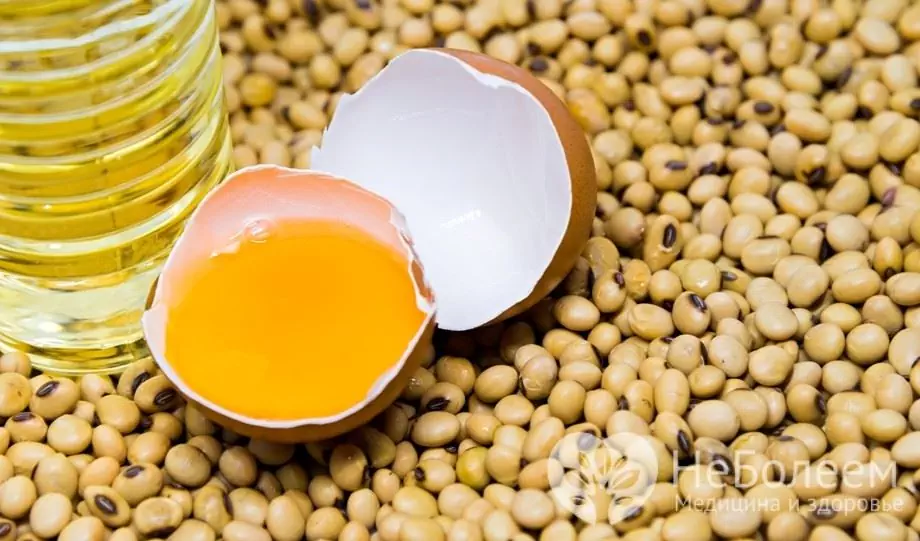- Author Rachel Wainwright [email protected].
- Public 2023-12-15 07:39.
- Last modified 2025-11-02 20:14.
Vitamin B5
Vitamin B5 (pantothenic acid, calcium pantothenate) is a water-soluble vitamin found in some vegetables, grain products, brewer's and bread yeast.
The vitamin was discovered in 1933 by Roger Williams, and ten years later it was already chemically synthesized.

The role of vitamin B5 is very extensive, as nearly eighty enzymes depend on it. It is part of the acetyl-transfer protein and acetyl-Co-A, takes part in the processes of acetylation, the synthesis of steroids and lipids, and the utilization of pyruvate. It is necessary for the metabolism of amino acids, carbohydrates and fats, as well as the synthesis of vital fatty acids, histamine, hemoglobin, acetylcholine, cholesterol.
Translated from the Greek language, "pantothen" means "everywhere." The vitamin received this name because of its unusually wide distribution.
The biological significance of vitamin B5
The value of calcium pantothenate is due to the participation of its coenzymes in biochemical reactions: 4-phosphopantothein is a diphospho-CoA-coenzyme of citrate lyase, a coenzyme of palmitoyl synthase and partly a coenzyme of various acyl conversion reactions. With the participation of vitamin B5, the following reactions occur:
- Oxidation of fatty acids;
- Synthesis of ketone bodies;
- Activation of fatty acid acetate;
- Synthesis of acetylcholine;
- Synthesis of cholesterol and other steroid compounds;
- Oxidation of pyruvate and α-ketoglutarate;
- Synthesis of acetylglucosamines;
- Citrate formation and conversion of succinyl-CoA at the stage of substrate phospholation in the Krebs cycle;
- Acetylation of biogenic amines;
- Acetylation of foreign compounds;
- Synthetic reactions using succinyl-CoA.
An essential property of pantothenic acid is its ability to stimulate the production of adrenal hormones - glucocorticoids, due to which vitamin B5 in ampoules is successfully used to treat diseases such as colitis, arthritis, allergies and heart disease.
Calcium pantothenate plays an important role in the formation of antibodies. It takes part in the synthesis of neurotransmitters and improves the absorption of other vitamins.
Vitamin B5 takes part in the metabolism of fatty acids, activates redox processes in the body and normalizes lipid metabolism. Pantothenic acid has a hypolipidemic effect on the body.
Vitamin B5 Deficiency Symptoms
There are no symptoms of deficiency of pantothenic acid alone, but a deficiency of one of the B vitamins in the body usually indicates a lack of vitamin B5.
Taking vitamin B5 in ampoules is indicated in combination with other B vitamins for sleep disturbances, increased fatigue, dermatitis, nausea, and loss of appetite.
It is believed that a lack of pantothenic acid plays a role in the pathogenesis of erythromegaly and pediolalgia, diseases that cause damage to the small arteries of the distal lower extremities.
Since pantothenic acid is often found in food, deficiencies are extremely rare.
In the course of the studies conducted, the following symptoms were revealed in volunteers who were in conditions of artificial lack of pantothenic acid for 10 weeks:
- Loss of appetite;
- Stomach ache;
- Loss of coordination and burning pain in the legs;
- Hair loss;
- Depression, nervousness, and irritability;
- Increased fatigue and weakness;
- Vomiting and nausea;
- Muscle spasms;
- Insomnia;
- Eczema;
- Cardiopalmus.
In animal experiments, vitamin B5 deficiency has resulted in a wide range of side effects, including:
- Early spontaneous abortion;
- Abnormal development of juveniles;
- Violation of the skin and hair;
- Insufficiency of the nervous system, gastrointestinal tract;
- Sterility;
- Sudden death.
Lack of pantothenic acid can be caused by an insufficient amount of protein, vitamin C, fats, B vitamins, as well as diseases of the small intestine with malabsorption syndrome. Also, a deficiency of pantothenic acid can cause prolonged use of sulfonamides and antibiotics.
Indications for the use of vitamin B5 in ampoules
Additional intake of pantothenic acid is indicated:
- Pregnant and lactating women;
- People over the age of 55;
- Alcohol abusers;
- With increased physical exertion;
- Those who have been under stress for a long time;
- People suffering from debilitating chronic diseases such as regional enteritis, celiac disease, sprue.
In addition, the intake of vitamin B5 in ampoules has been shown to people who consume insufficiently rich or low-calorie foods and those who have an increased need for nutrients.
Vitamin B5 hypervitaminosis
Symptoms of body intoxication have not been identified. Pantothenic acid is completely safe and non-toxic.
Needs for pantothenic acid
The exact daily requirement of an adult for this vitamin has not been established. Approximately, it is 10-12 mg for adults and up to 2 mg for children. Pregnant and lactating women have a daily need for vitamin - 15-20 mg.
The human need for this vitamin is partially satisfied due to its synthesis by the intestinal microflora. Normally, it synthesizes 3.4 mg of pantothenic acid per day.
Biochemistry professor Roger Williams, who discovered this vitamin, argued that daily intake of vitamin B5 by pregnant women at a dosage of 50 mg would dramatically reduce the number of miscarriages and intrauterine defects. In the light of recent scientific discoveries, this statement has fully justified itself.
Food Sources of Vitamin B5
Food Sources of Calcium Pantothenate (mg / 100g):
- Soybeans - 6.8;
- Pork kidneys - 3;
- Beef liver - 6.8;
- Pork liver - 5.8;
- Beef kidneys - 3.8;
- Chicken eggs - 1.3;
- Beans - 1.2;
- Split peas - 2.3;
- Sardine, chum salmon - 1.
Calcium pantothenate is also found in chicken, whole grains, bananas, oranges, brewer's yeast, cereal sprouts, bran, broccoli, milk, lentils, avocados, lobsters.

Preparations containing vitamin B5
Preparations containing pantothenic acid include: Calcium pantothenate, Supradin, Vitrum Beauty.
Also, vitamin B5 is included in the following dietary supplements: Alphabet Cosmetic, Duovit Charm.
Interaction
Pantothenic acid increases the effectiveness of cardiac glycosides, reduces the toxic effect of streptomycin and other drugs against tuberculosis. Essential for the metabolism and absorption of folic acid.
It is advisable to use calcium pantothenate with other B vitamins.
Found a mistake in the text? Select it and press Ctrl + Enter.






